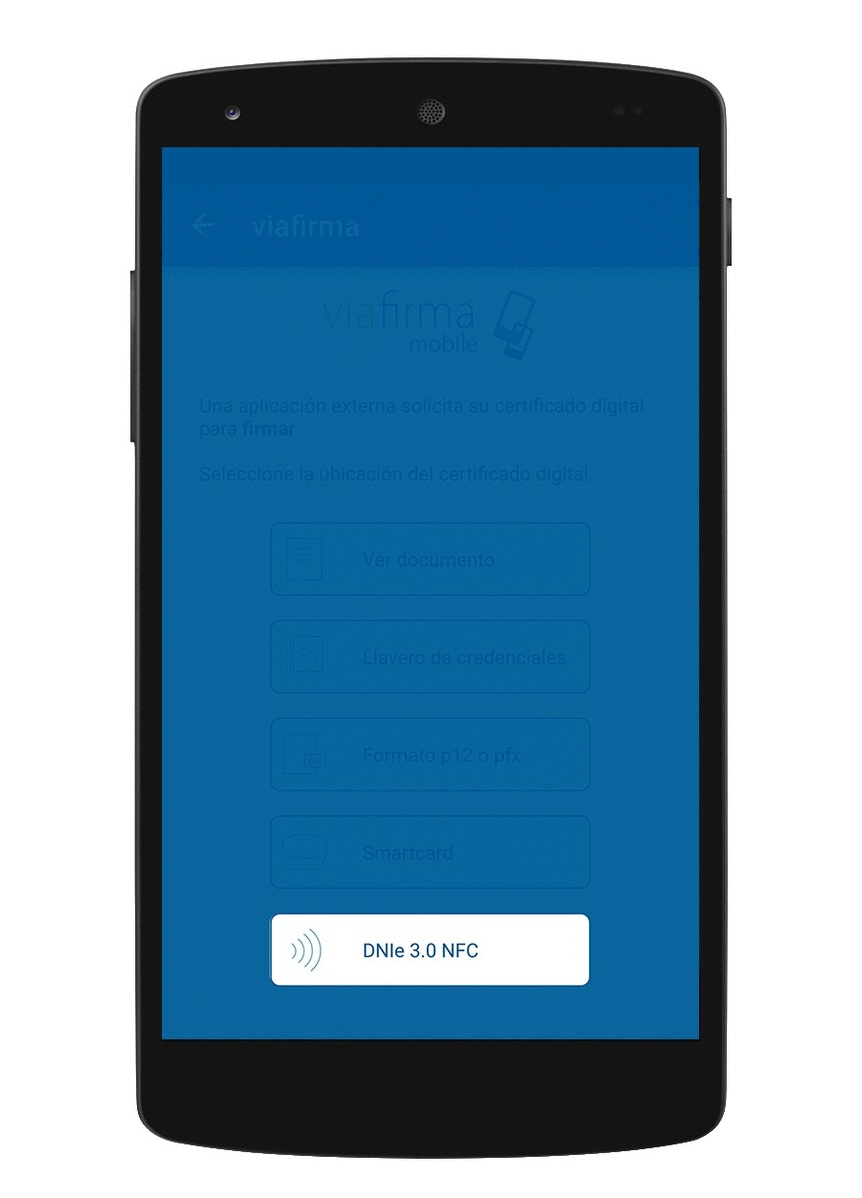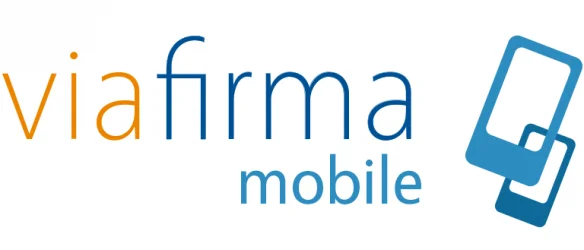Last week was the 7th anniversary of the launch of viafirma mobile, a worldwide milestone, as it was the first platform that allowed the electronic signature of documents from Android, iPhone and iPad. Today, we wanted to dedicate this post to remember this launch and the features of this solution.
On July 29th, 2010, Viafirma mobile was born with the aim of satisfying the need for mobile signature that all those users who increasingly interact from mobile devices had, as a response to the growing demand for mobility that we have in most sectors.
Authentication traditionally took place from desktop or laptop computers. However, there was an imminent need for mobility solutions that allowed the signature from any device, in order to adapt to what the reality of society was requesting. Viafirma was able to detect this need and satisfy it by launching viafirma mobile.
Thus, Viafirma mobile was the first platform able to support authentication and digital signature in Android and iOS. Thus, allowing users to identify themselves with their digital signature in different web applications from their device. This was a milestone in terms of mobility.
The usefulness of the mobile digital signature is reflected in the ability to authenticate the user in those web portals that require identification through digital signature. This is where viafirma mobile has a lot to offer. It is important to remember that for this, it is required that the mobile version of the web portal accepts the advanced digital signature.
Currently, viafirma mobile is available in all markets and can be used from any mobile device. This guarantees the principle of technological neutrality established in Law 11/2007.
If you are not very familiar with the term technological neutrality, it refers to the possibility that users should have to interact with public entities and the e-Government from any device and operating system with the same guarantees. As you can imagine, this is not always fulfilled. However, Viafirma Mobile guarantees this technological neutrality.
The main objective of all Viafirma’s solutions is to make users’ lives easier in this digital transformation process in which we are still immersed. Thus, the user experience is one of the values we take into account the most and Viafirma Mobile was not an exception.
To ensure an optimal user experience, we chose to develop native apps for each market, thus guaranteeing better performance and usability. Thus, from the beginning, we have teams specialized in Android and iOS. We also have developers specialized in Windows 10 who have developed the native viafirma mobile app.
The evolution of viafirma mobile from 2010 to today has been incredible. In fact, a few days ago we announced that our application already supports DNI 3.0 with its NFC functionality for Android.

Other improvements that have been included since the first version are:
- The electronic signature can be supported in any operating system currently on the market.
- The applications integrated with our current version allow direct and free of charge electronic signature and authentication from tablets and smartphones.
- Allows the signature through digital certificate or advanced biometric signature.
